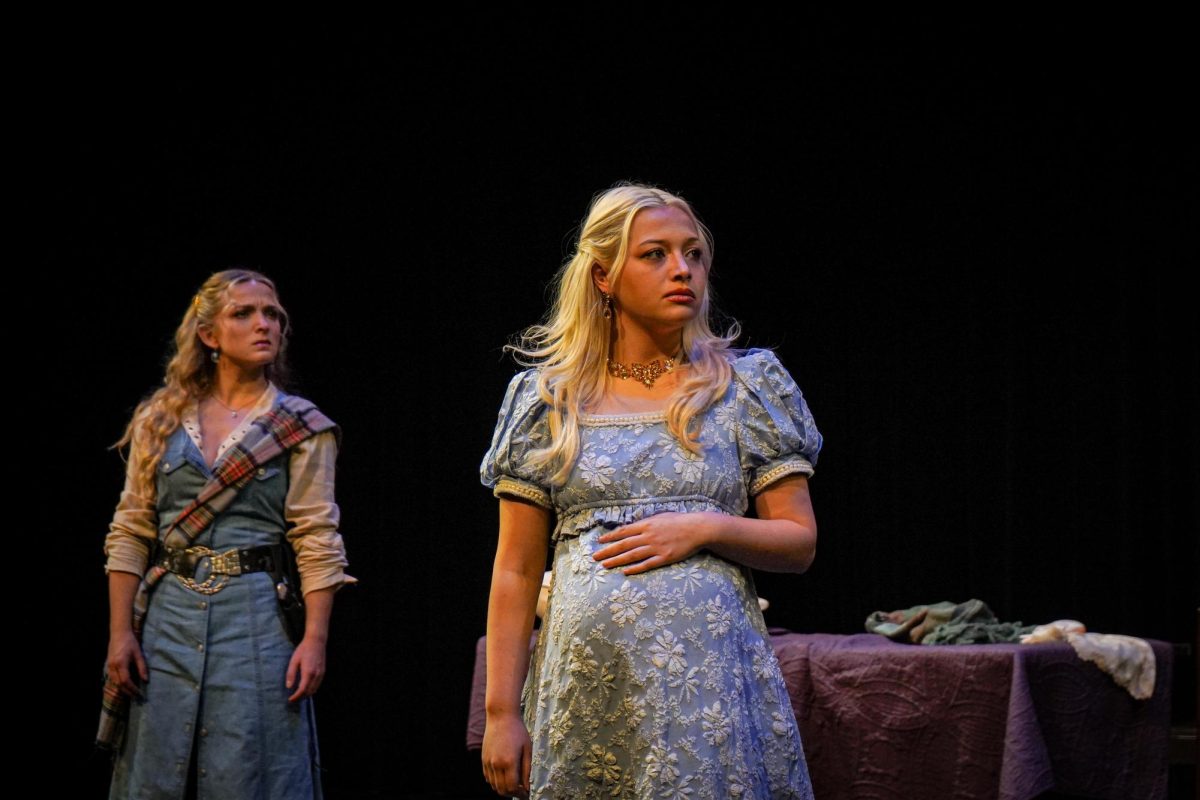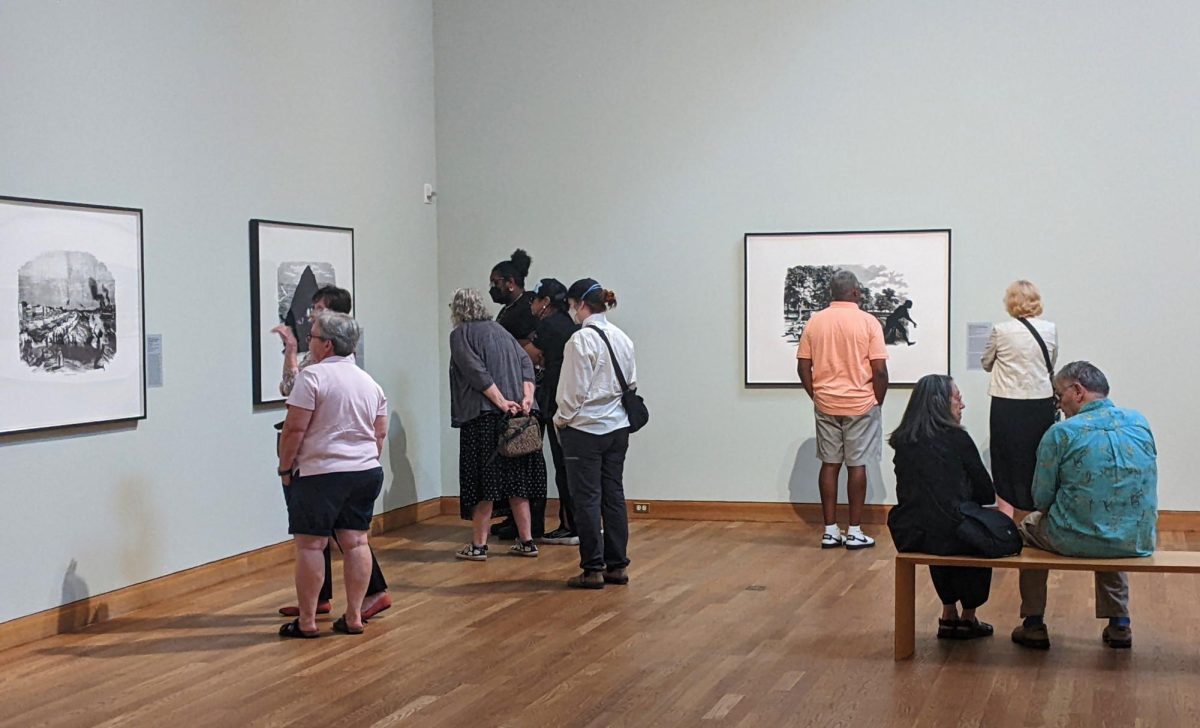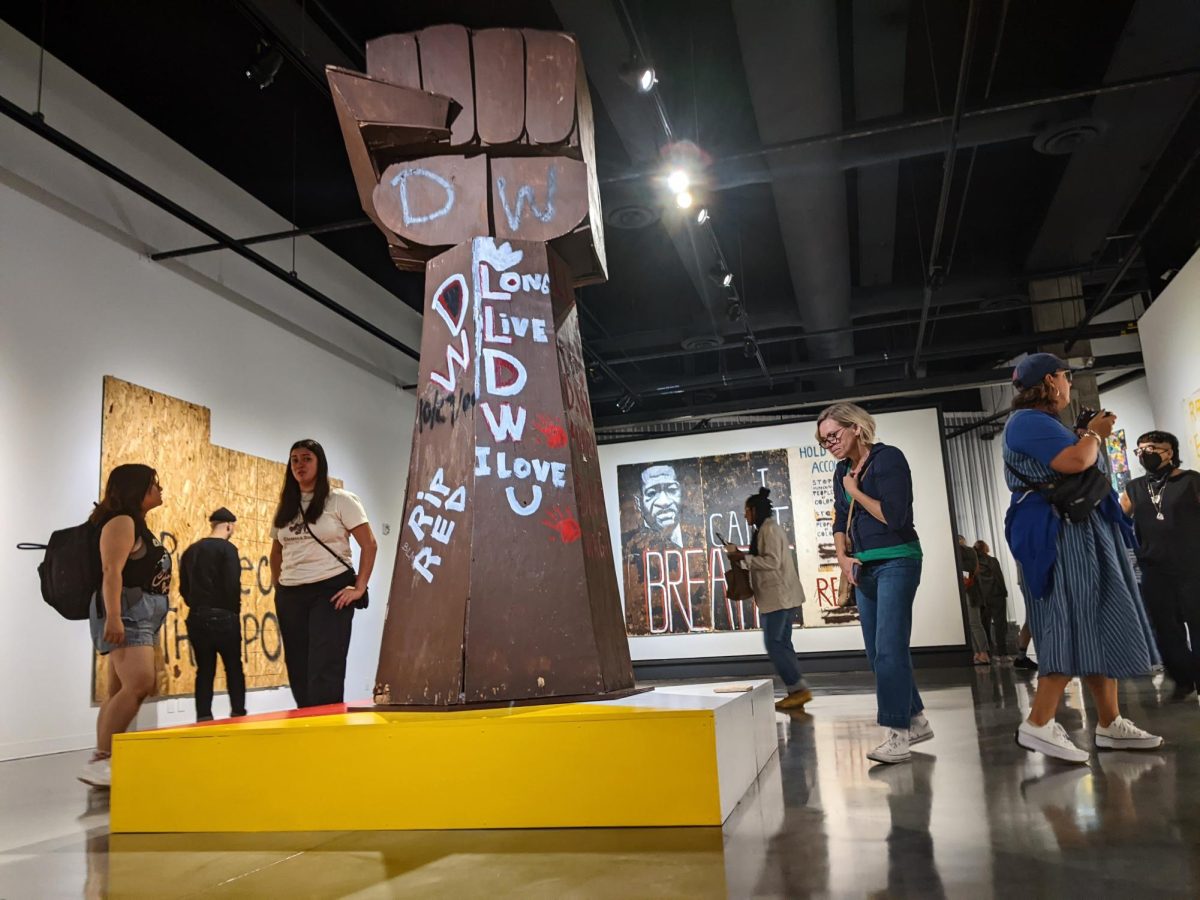In terms of the artistic hierarchy of the early 20th century, one would think that Europe ” and its meccas, London and Paris ” would claim the top spot.
After all, countless writers, painters and poets traveled overseas to study in England, France and Spain. America’s greatest performers, authors and artists took up residency throughout Europe.
Who would have thought that ” thanks to two world wars, dramatic social change and a severe economic depression ” New York would leave Paris in the dust and become the art capital of the world?
“Villa America: American Moderns, 1900-1950” gives a chronological insight to this development of modern art in America and including the works of such luminaries as Stuart Davis, Gerald Murphy and Georgia O’Keeffe.
This 85-piece exhibit is merely a fraction of the collection of American modern art owned by Myron Kunin, a Minneapolis native and lifetime trustee of the Minneapolis Institute of Arts.
“We wanted the exhibit because it’s from a fantastic collection,” said Sue Canterbury, an associate curator in the institute’s painting department. “It’s one of the most important collections that focus on the works of early American modernists.”
These artists found it vital to rebuff anything European in trends and training. O’Keeffe wouldn’t even travel abroad, let alone study in Europe.
“There was a real concern within some artistic sectors about how to create a completely American art form,” Canterbury said. “They didn’t want to be beholden to the European artists.”
The exhibit covers 50 years of American artistic ingenuity. Fifty years is a long time, especially in the art world. Methods and styles change quicker than you can say “Picasso.” The institute acknowledges this by dividing the exhibit into five categories: “American Moderns,” “The Artist’s Portrait,” “In the Studio,” “Return From Bohemia” and “The American Scene.”
“Otherwise, it becomes difficult to tell the story chronologically because of the many stylistic trends,” Canterbury said.
Despite the assistance of categories, it’s often difficult to see the connection within a category. Cubist-inspired paintings with disproportionate subjects are almost next door to a brightly colored painting of overlapping shapes.
Even the portraits and self-portraits showcase numerous styles. One portrait uses light, realistic hues, while another plays with sharp angles and furious blacks and grays.
“It’s a chance to show a select slice of American modern art,” Canterbury said. “It’s a dynamic collection.”







